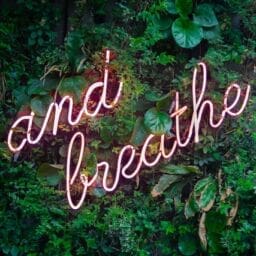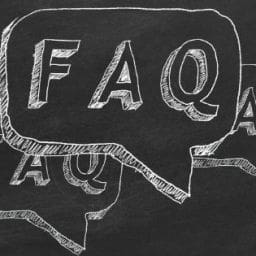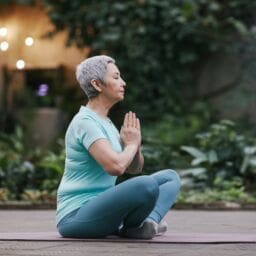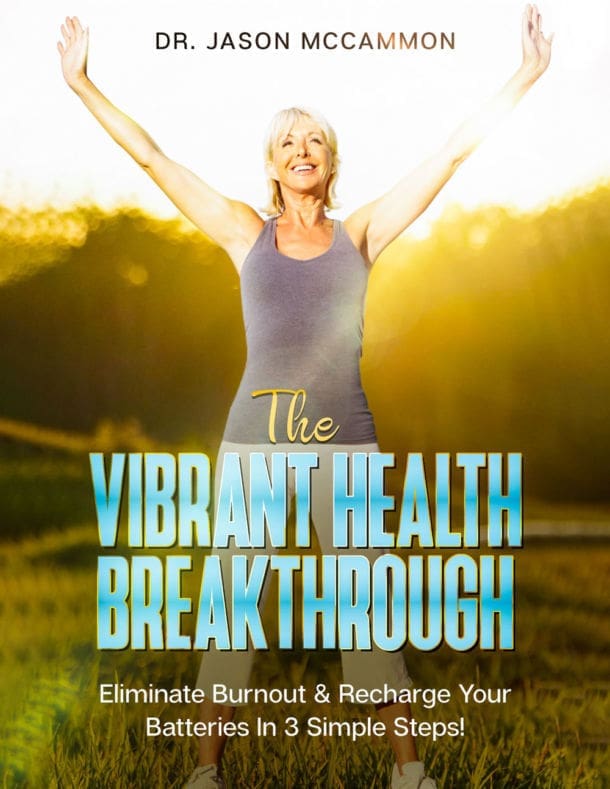
Stop chasing pain; fix the root cause of your low back issues.
A naturopathic approach, using holistic medicine to help alleviate low back pain, with 4 simple steps.
If you suffer with low back pain, either chronic or recurring, you are not alone. A large majority of Americans suffer from low back pain with some estimates as high as 80% at some point in their lives. All pain can be debilitating but low back pain can be especially problematic as nearly all aspects of living involve the low back. Bending to pick up a small child. Stooping over to tie your shoes or get dressed. Completing simple household tasks like dishes or laundry can feel like climbing a mountain.
But did you know there is rarely anything “wrong” with your actual back itself? What most low back pain sufferers are feeling is simply inflammation. Less often there is an actual pathology or injury to the low back. This is because the low back is all too often on the hook to provide more movement than it’s designed for. What this means is that tightness and weakness in other areas of the body have the net impact of forcing the low back to carry more stress than it should. This global view of the body is why clients achieve much better outcomes, on average, with holistic medicine vs. conventional medicine.
What I find in my clinical practice, for nearly 20 years, is that clients often have the following imbalances: tight hip flexors, hip joints, middle back called the thoracic region, and a shallow breathing pattern. In terms of weak structures, it’s typically the glutes, deep core muscles, and hamstrings. In general, there is a medical term used in physical therapy called the lower cross syndrome. The exact areas vary from client to client, but in general I’d say that nearly all low back pain clients have this condition to one extent or another.
Before going further, I want to point out that you should not be self-diagnosing any condition and you should not assume you do not have a back injury. However, if you have mild back pain and or are under the care of a health professional, you could consider the following approach as a gentle way to see if you can get more relief. To be honest, I find the medical profession rarely addressing the root cause of low back pain and dysfunction, but they can be outstanding in pain management and offer short term relief with an acute issue. And in the case of a true injury such as a herniated disc, nerve entrapment such as stenosis, or a fracture, medical treatments are an essential part of your health care team. But short of these major pathologies, you will still need to seek and resolve the true root cause of your low back pain.
Let’s address some of the key, root cause issues, introduced above. The very first item we need to go after is the iliopsoas group. This muscle group is usually the epicenter of dysfunction, yet is rarely assessed, let alone treated. It’s made up of two muscles, the iliacus and psoas. A simple stretch called the Runner’s Stretch can target this muscle group. I recommend a YouTube search to learn how to perform this stretch. I suggest this be done daily at 2 minutes per side, but extend the time a bit longer on the tiger side.
Another key issue is lower back decompression. The majority of lower back pain stems from a tight or overly compressed low back. This means the space between the intervertebral discs is shrinking. The more this space shrinks the less healing properties like blood flow and hydration can do their work. Plus this is where you may have nerve compression with irritation. Self-traction can help here. While there are many ways to do this, I suggest first starting with a simple “bolster” set up on a bed. This is where you lay your belly directly on 1-2 pillows, adding more as you want to increase the stretch. This creates a lengthening force with your upper body pulling down one side and the lower body pulling down the other. Do your best to think “tall” as you lay there. You can even try gripping the end of the bed and gently pulling your upper body to increase the stretch. Adjust the number of pillows until you can feel a mild to moderate stretching sensation in your low back. I suggest 5 minutes in this position. Breath slowly and deeply as you lie there.
I see a lot of hyperlordosis or excessive forward curvature of the lower back (sway back). Another great decompression and spinal flexion exercise to reverse this curvature is the yoga pose Happy Baby. You simply lay on a padded surface, bend your knees to your chest, grab your ankles or foot bottoms to anchor, then gently pull your knees closer to your chest over the course of 2 to 3 minutes. This has another bonus of opening up the hip joint which also helps support good low back health.
The last major piece is your deep core. This is not the “six pack” of ab muscles which very lean athletes develop. The deep core are the group of muscles behind the visible abdominals, which wrap around the entire body. I rarely see a client with chronic back pain have a strong deep core. To access the deep core, lie flat on your back, knees bent, feet flat on the floor. Place your hands around your waste as if mimicking donning a corset, back brace, or belly wrap. Take a large expansive inhale through your nose, being sure to fill both your belly and the chest wall to maximum. Next, blow air out of your mouth as if you are blowing up a balloon. Continue blowing out until ALL – and I mean ALL – the air is completely gone from your lungs, then continue to “blow out” even though the air is gone. As you do this, gently squeeze your hands on your waist to emphasize a gathering or inward pull of your entire midsection. Note, we never want the belly to pooch out, bear down, or rotate the hips in any direction, while breathing out as this turns off the deep core and may weaken the pelvic floor. If it helps, you may also work to pull the belly button inward, toward your spine. Master this deep core engagement, then work on keeping your belly button lightly drawn back to your spine throughout the day. This helps to remind the deep core to remain engaged in support mode all day.
There you go – these are four simple, holistic ways to help your lower back feel better. Give this a good month before expecting any improvements, but you might see some progress in just a few sessions. Seek a qualified naturopathic doctor with training in restorative therapies if you need further assistance.
Free E-Book.
I wrote an ebook, called Vibrant Health Breakthrough, that I know can help you start to rebuild your health. It’s free so check it out!
Be Well and God bless!
~Dr Jason
















